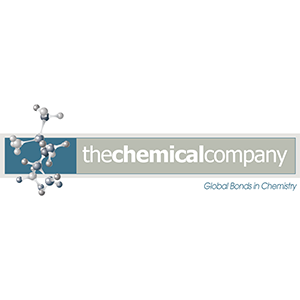Boric acid, also called hydrogen borate, boracic acid, orthoboric acid or acidum boricum is a weak acid of boron often used as an antiseptic, insecticide, flame retardant, or a neutron absorber, and a precursor of other chemical compounds. Its chemical formula is H3BO3. It exists in the form of colorless crystals or a white powder and dissolves in water. When occurring as a mineral, it is called sassolite.
Boric acid is found in its native form in certain volcanic districts such as Tuscany, the Lipari Islands, and Nevada. It is generally mixed with steam from fissures in the ground and is also found as a constituent of many minerals (borax, boracite, borontrocaicite and colemanite). The presence of boric acid and its salts has been noted in seawater. It also exists in plants and especially in almost all fruit.
Applications
The more that is learned about the beneficial properties of boric acid, the more it is being used in a wide range of consumer and industrial products.
Some common examples:
Pharmaceuticals and Cosmetics: boric acid is a mild antiseptic as well as a mild acid that inhibits the growth of microorganisms on the external surfaces of the body. It is commonly used in contact lens solutions, eye disinfectants, vaginal remedies, baby powder, anti-aging preparations and similar external applications.
Nutritional Supplements: boric acid and other borates are increasingly being used in over-the-counter nutritional supplements as a source of boron. It is thought that boron has a potential therapeutic value in promoting bone and joint health as well as having a limiting effect on arthritis symptoms. It is important to note that the health effects of boric acid and boron-based supplements are based on very new studies and/or are based solely on the claims of the manufacturers of the supplements. It should not be implied that boric acid should be directly ingested as a supplement or for any other reason.
Flame Retardants: boric acid inhibits the release of combustible gases from burning cellulosic materials, such as cotton, wood, and paper-based products. Boric acid also releases chemically bonded water to further reduce combustion. A carbon char is formed that further inhibits combustion.
Futons, mattresses, upholstered furniture, insulation, and gypsum board are common consumer items that use boric acid as a flame retardant. Plastics, textiles, specialty coatings, and other industrial products also contain boric acid to strengthen their ability to withstand exposure to flames.
Glass and Fiberglass: heat resistant, borosilicate, and other specialty glasses rely on boric acid and other similar borates to increase the chemical and temperature resistance of the glass. Halogen light bulbs, ovenware, microwavable glassware, laboratory glassware, and many everyday glass items are enhanced by the addition of boric acid. Boric acid also aids in the fiberization process of fiberglass, which is used in fiberglass insulation as well as in textile fiberglass (a fabric-like material commonly used in skis, circuit boards, and other similar applications).
Wood Preservatives and Pest Control: boric acid is a common source of boron compounds when used in the formulation of products that control fungus and insects. Fungi are plants that contain no chlorophyll and must have an outside source of food (such as wood cellulose). Boron compounds inhibit the growth of fungus and have been demonstrated to be a reliable wood preservative. Similarly, boric acid is used in swimming pools and spas as a safer and “softer feeling” substitute for chlorine. Boric acid, borax, and other salts are commonly used to soften pool water and prevent contamination. Boric acid is a natural and increasingly popular insect control product. Unlike hornet or ant sprays, boric acid does not kill bugs on contact using highly toxic chemicals. Rather, it acts as a desiccant that dehydrates many insects by causing tiny cracks or fissures in their exoskeletons.This eventually dries them out. The “saltiness” of boric acid also interferes with their very simple electrolytic metabolism.
Other Uses: boric acid is commonly used in metallurgy to harden and treat steel alloys as well as to aid in the application of metal plating materials. It is used in ceramic and enamel coatings, in adhesives, as a lubricant, and in many other consumer and industrial products.



